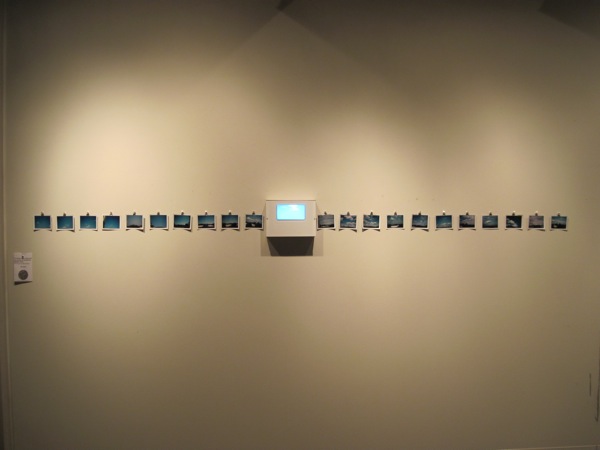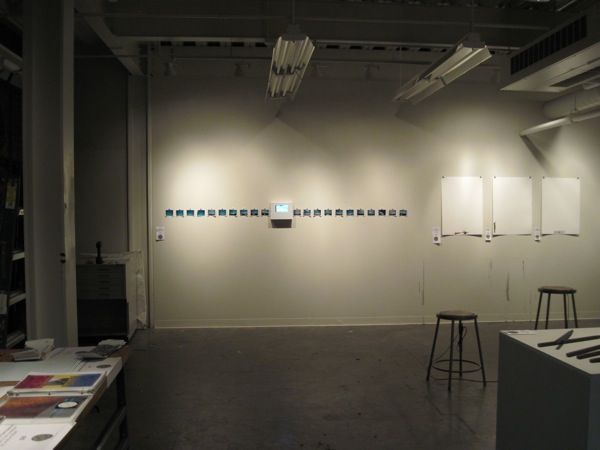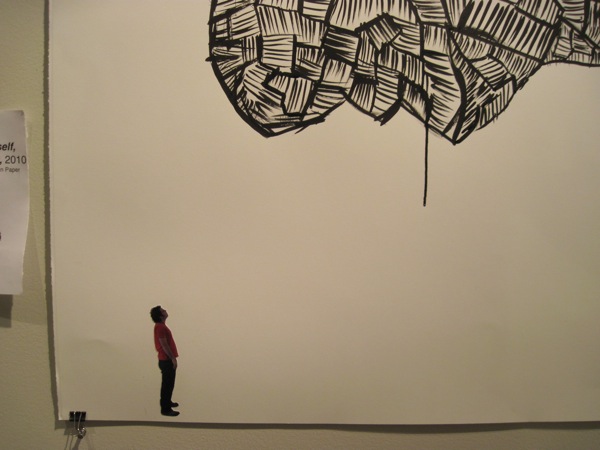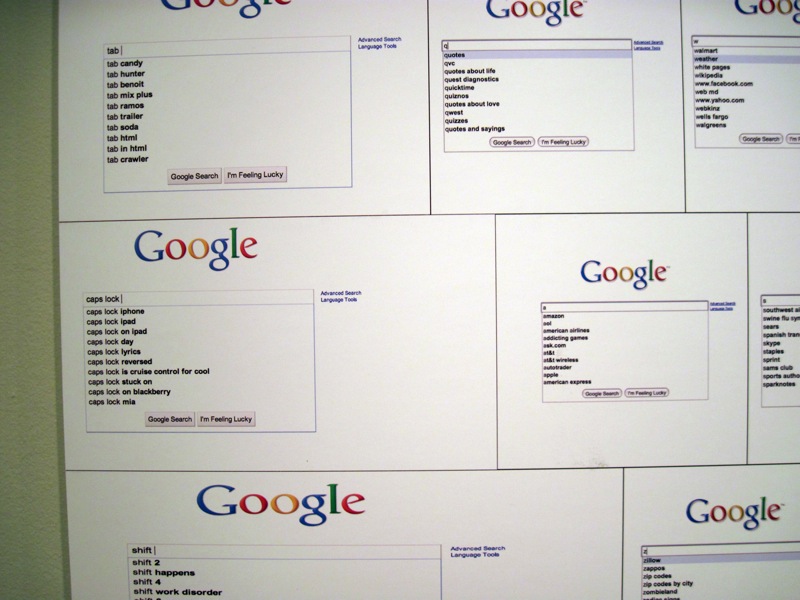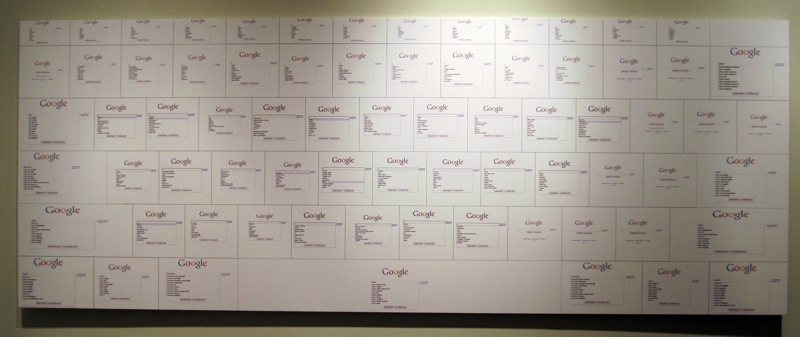ARCHIVES
McColl Center Residency Closing Reception
Although The Have Sticks Will Travel World Tour: Finale installation remains on view through the new year, the residency portion of my McColl Center experience wrapped up on Friday November 19. In case you weren’t in the area to see for your self I thought I would share what was on display in my studio, and a bit about each element that I chose to highlight for the closing reception.
A big part of a McColl Center residency is being accountable for your presence during regular business hours. This loosely means that if you are not in your studio people need to know why and where you have gone. As a way to stay compliant with house rules and also to track every possible place I would go off site I made a series of signs specifically describing where I would go at any given moment if I was not in my studio.
here are a couple of the prints I developed at the McColl, you can see more of them here

Heavy Metal, 2010
cast iron drumsticks
artist proof 1-3 of planned edition of 100
One of the coolest discoveries of the residency was the southern cast foundry a block away from the center. I was thrilled to find out that they focused exclusively on ductile cast iron and were more than happy to work with an artist on some small iron castings, trust me I will be back to make more of a mess with these guys in the future.
For the final night of the residency in addition to the large projection project on the exterior, which is documented here, I also wanted to share some of the interior work that went into the video work on the outside. for this display 20 polaroids of the view from my studio were paired with a video loop of the many files that were being mixed to form the projection on the front of the building.
Putting Myself into the work, was a series of drawings that eventually led to the development of the screenprints depicted above. With these drawings a self portrait photo was collaged onto a sheet of paper and then sumi ink drawings were created in response to the self portraits.
The google keyboard is one of those things I have been trying to present in physical form for sometime. Each key is an image depicting the suggested search returns for that character as dictated by the google algorithm. I found the most direct way for depicting this piece off-screen was to arrange all the images in a keyboard layout and print them as one large inkjet print.
This is objects in the studio repeating every four seconds based on the amount of motion in the room. all the objects in this image have been outfitted with contact microphones. the signal from all of these contact mics is then fed through a delay unit that has been outfitted with a motion detector. Depending on how much activity is happening in the room the sound will build up in layers multiplying every four seconds until the motion in the room stops.








